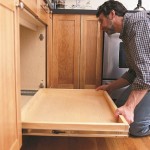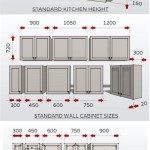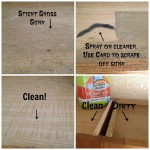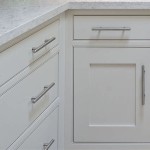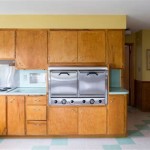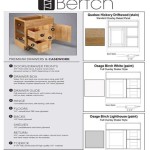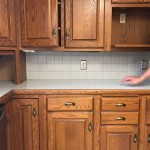Essential Aspects of Kitchen Cabinet Design Diagram
Kitchen cabinet design diagrams are essential tools for planning and designing a functional and aesthetically pleasing kitchen. They provide a visual representation of the layout, dimensions, and features of the cabinets, ensuring that they fit seamlessly within the overall design of the kitchen.
To create an effective kitchen cabinet design diagram, there are several key aspects that must be considered:
Layout and Dimensions
The layout of the cabinets should be carefully planned to optimize functionality and flow. The dimensions of the cabinets, including their width, height, and depth, must be accurately measured to ensure a precise fit within the available space.
Door Style and Finish
The door style and finish can significantly impact the overall aesthetics of the kitchen. Common door styles include shaker, raised panel, and flat panel. The finish can be chosen from a variety of materials, such as wood, laminate, or acrylic.
Hardware and Accessories
The hardware and accessories used on the cabinets can enhance functionality and style. Hardware includes knobs, pulls, and hinges, while accessories can include lazy susans, pull-out shelves, and spice racks.
Storage Solutions
Kitchen cabinets provide essential storage space. The design diagram should consider the types of storage solutions required, such as drawers, shelves, and pantry units. The organization and accessibility of the storage space should be carefully planned.
Materials and Construction
The materials used in the construction of the cabinets will determine their durability and longevity. Common materials include wood, plywood, and MDF. The quality of the construction will also impact the overall performance of the cabinets.
Integration with Appliances and Fixtures
Kitchen cabinets often need to be integrated with appliances and fixtures, such as ovens, refrigerators, and dishwashers. The design diagram should consider the placement and dimensions of these elements to ensure a seamless and functional integration.
By carefully considering these essential aspects in the design diagram, homeowners and designers can create a kitchen that combines functionality, aesthetics, and personal preferences.

How To Design A Traditional Kitchen With Diy Cabinets

Kitchen Cabinets 101 Cabinet Shapes Styles Cabinetcorp

Kitchen Drawing Plan Granite Quartz Countertops Cabinets Factory

Do It Yourself Kitchen Cabinets Installation Design Layout Cabinet Kosher

Wooden Building Kitchen Cabinets Plans Diy Blueprints Cabinet Design

Free Editable Kitchen Layouts Edrawmax

Kitchen Cabinet Designs One Way To Do It Sketchlist3d

Kitchen Cabinet Dimensions Designs Layout Cabinets Measurements

Kitchen Cabinet Layouts For Design Symmetry Custom And Bookcase Blog

Design Your Own Kitchen
Related Posts

